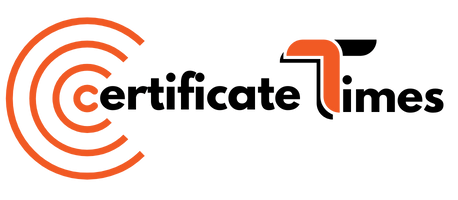Many of the choices for hair removal can be very painful and expensive. They also take up a great deal of time. Some of the most popular are electrolysis, depilatories, waxing and shaving. Could laser hair removal be a better solution? In this article we will explore the good things and bad things about laser hair removal. Read on to learn more.
What You Need To Know About How Laser Hair Removal Works
There are number of different methods of laser hair removal; however, the technology behind each one is basically the same. Each type of hair removal device delivers a blast of laser energy or heat to remove unwanted hair.

The laser energy penetrates individual strands of hair and travels to the root where it damages the follicles When this happens, the follicle is no longer able to produce more hair.
Electrolysis, on the other hand, is a technique that removes unwanted hair via of fine needle that delivers electric current to the hair follicle. Just as with the laser device, the electric current destroys the hair root. With electrolysis, the needle must be inserted into each individually targeted hair follicle. For this reason, sessions can be quite uncomfortable and quite lengthy. This makes laser hair removal, which is useful on larger areas of hair, a preferable choice. One difference between laser hair removal and electrolysis is that electrolysis is FDA approved for permanent hair removal. Laser treatments are approved for hair reduction. This means that electrolysis is deemed more effective in preventing regrowth.
What are the good things about laser hair removal?
* Laser hair removal is much quicker than electrolysis.
* Properly performed laser hair removal is quite safe.
* Laser hair removal is far less painful than other hair removal methods – especially electrolysis.
* Laser hair removal is effective and long-lasting.
* Many people obtain permanent hair removal results.
* Hair can be effectively removed from large areas (e.g. legs and/or back).
What are the bad things about laser hair removal?
The FDA has only approved laser treatments as a method of permanent hair reduction, as opposed to permanent hair removal. For this reason, people who undergo laser hair removal treatments may expect to have some hair regrowth. Laser hair removal is not a permanent treatment for most patients; however, significant hair reduction is to be expected.
Side effects of laser hair removal include swelling and/or itching. These side effects usually resolve themselves in a few days. Occasionally, side effects can be more serious. Rare side effects include skin discoloration, burning, infection and/or blistering.
Laser hair removal is more successful for people who have darker hair because laser treatments target the pigment that gives hair and skin its color (i.e. melanin).
It is usually necessary to have multiple treatments to completely remove unwanted hair. Six to eight treatments are common. The length of time of each session depends upon the amount of hair to be removed.
Laser hair removal treatments can be costly.
In The Final Analysis
If you want long-lasting unwanted hair removal results, laser hair removal is a good choice when compared with depilatories, waxing and shaving. Most people believe that laser hair removal takes less time and causes less pain than electrolysis. Be that as it may, electrolysis has been approved by the FDA for permanent hair removal. Remember that laser hair removal is not permanent, and some regrowth may occur. If you’ve been thinking about having laser treatments, seek out a reputable and qualified aesthetic medical provider. Make certain that you understand all of the risks and the benefits of the procedure before moving forward.



